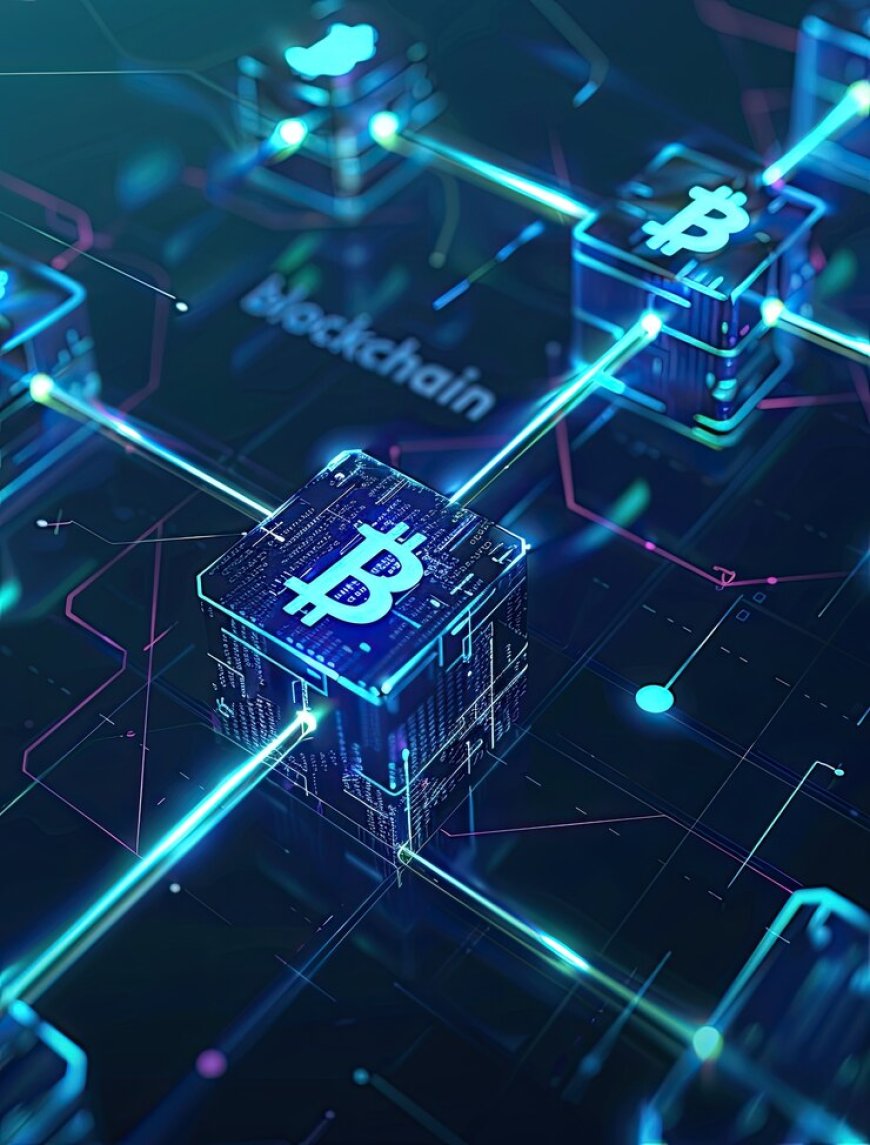What is Blockchain?
Blockchain is a type of digital technology that stores information in a way that’s secure, transparent, and can’t be changed.

Blockchain is a type of digital technology that stores information in a way that’s secure, transparent, and can’t be changed.
Think of it like a digital notebook that is:
-
Shared among thousands of people.
-
Updated only when everyone agrees.
-
Visible to everyone, but can’t be secretly changed.
How It Works (In Simple Steps)
-
Data is grouped into blocks
Each block holds a batch of transactions or information. -
Blocks are linked in order
When a new block is created, it connects to the one before it—like links in a chain (that’s where the name comes from). -
It's decentralized
Instead of one person or company controlling it, blockchain is spread across many computers worldwide (called nodes). -
It's secure
Once data is added to the blockchain, it’s nearly impossible to change it without everyone noticing.
What Is Blockchain Used For?
-
Cryptocurrencies like Bitcoin and Ethereum run on blockchain.
-
Smart contracts (self-executing digital agreements).
-
Supply chain tracking (to trace goods like food or medicine).
-
Digital identity and voting systems.
-
NFTs, gaming, and Web3 platforms.
Why It Matters
Blockchain is powerful because it builds trust without needing a middleman. It lets people make deals, send money, or store data safely—even if they don’t know or trust each other.
Want to see a visual of how blockchain works, or how it’s used in cryptocurrency
Absolutely! Here's a deeper dive into blockchain, broken down by concept, features, types, and real-world uses to help you fully understand it.
1. The Core Concept of Blockchain
A blockchain is a distributed ledger—a database that is shared across many computers in a network. It’s designed to record information in a secure, verifiable, and permanent way.
-
Each block contains:
-
A list of transactions or data
-
A timestamp
-
A unique hash (like a fingerprint)
-
The hash of the previous block
-
This setup makes the chain tamper-proof—if anyone tries to change a block, it breaks the chain and everyone will know.
2. Key Features of Blockchain
| Feature | Description |
|---|---|
| Decentralized | No single authority controls the data—it’s run by the users (nodes). |
| Immutable | Once data is added, it can’t be changed or deleted. |
| Transparent | All transactions can be verified by anyone. |
| Secure | Uses cryptography and consensus algorithms (like proof of work or proof of stake) to prevent fraud. |
| Smart Contracts | Programs that run automatically when conditions are met—no middleman needed. |
3. Types of Blockchains
Public Blockchain
-
Open to everyone (like Bitcoin or Ethereum).
-
Anyone can read/write to it.
-
Very secure but slower.
Private Blockchain
-
Controlled by a single organization.
-
Used by businesses for internal data sharing.
-
Faster, but less decentralized.
Consortium (Hybrid) Blockchain
-
Controlled by a group of organizations.
-
Used in industries like banking or healthcare.
-
Balances speed and decentralization.
4. Real-World Uses of Blockchain
Finance & Banking
-
Fast, secure money transfers (cross-border payments).
-
Decentralized finance (DeFi) lets people borrow, lend, and earn interest without a bank.
Supply Chain
-
Track products from origin to shelf.
-
Prevents fraud, increases transparency.
Healthcare
-
Secure storage of patient records.
-
Patients control who can see their info.
Voting Systems
-
Transparent and tamper-proof elections.
-
Prevents fraud and ensures fairness.
Digital Identity
-
You own your digital identity instead of a company owning it.
-
Used for login systems, passports, certifications.
NFTs & Web3
-
NFTs (non-fungible tokens) prove ownership of digital assets.
-
Web3 uses blockchain to give users control over their data and digital lives.
5. Example: How a Blockchain Transaction Works
Let’s say Alice wants to send 1 Bitcoin to Bob:
-
Alice initiates the transaction.
-
The transaction goes to the network of nodes.
-
Nodes verify the transaction using consensus mechanisms (like proof of work).
-
Once verified, the transaction is added to a new block.
-
The new block is linked to the chain.
-
Bob receives the Bitcoin!
6. Challenges of Blockchain
-
Scalability: Some blockchains are slow and expensive to use.
-
Energy use: Proof of work (like in Bitcoin) consumes a lot of electricity.
-
Regulation: Governments are still figuring out how to regulate it.
-
Complexity: Not easy for non-tech users (but it's improving).
Conclusion
Blockchain is revolutionizing how we store, share, and trust information—not just for money, but for everything from art to identity to supply chains. It’s like the internet of value: secure, decentralized, and owned by the people, not big companies.
What's Your Reaction?
 Like
0
Like
0
 Dislike
0
Dislike
0
 Love
1
Love
1
 Funny
0
Funny
0
 Angry
0
Angry
0
 Sad
0
Sad
0
 Wow
0
Wow
0
Related Posts
-
 Fredgood content2 days agoReplyLike (0)
Fredgood content2 days agoReplyLike (0)












































